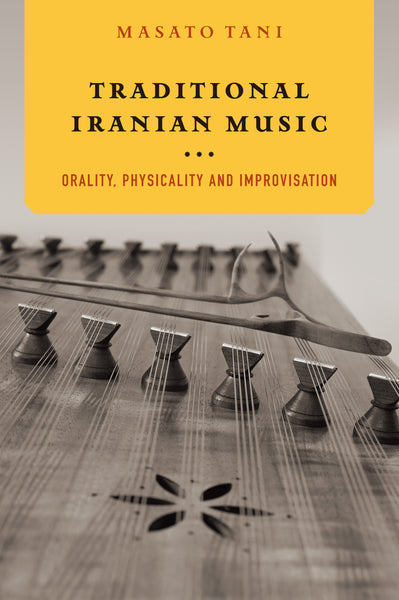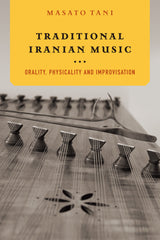Traditional Iranian Music
Many In Stock
Improvisation is a defining characteristic of traditional Iranian music. Iranian musicians describe their music as ‘impossible to play in the same way twice’ or ‘able to be performed in many ways,’ emphasizing that they do not perform prepared compositions.
What exactly do musicians play and how do they play it? How does the musician's individuality and originality come into play? What norms are acquired during the learning process that make improvisation possible? What is the concept of "improvisation" in Iranian culture? The author, a researcher as well as a santur player, explores these various points based on field studies and personal experiences from studying and playing traditional Iranian music over many years.
This auto-ethnography is an attempt to academically elucidate the senses, physicality, and mentality of musicians by engaging with the subject through first-hand participation.
About Editors and Authors
The author, Masato Tani, is Associate Professor at Graduate School of Human Development and Environment, Kobe University, specializing in ethnomusicology. While in the Osaka College of Music, he initiated his fieldwork in Iran and started learning to play santūr in the coutry.
Ph.D. (Literature) from Osaka University, M.A. (Arts) from Kyoto City University of Arts, and B.A. (Music) from the National University of Arts in Iran. He received the Encouragement Prize in the Santūr Solo Section of the 1st Iranian Students Music Competition in 1998 held at the University of Tehran.
Table of contents
Introduction: Locating the problem
Part I
1. What is radif: Toward a Redefinition of the Word
2. The Vocal Image Underlying Notation Reading
3. Improvisation, Mental State and Memory
4. Charkh: The Circulatory Paradigm in Performance Form and Musical Structure
5. Analysis of Gushes
6. Change in the Context for Learning Improvisation: The Influence of Writing on Iranian Music
Show More >
Introduction: Locating the problem
Part I
1. What is radif: Toward a Redefinition of the Word
2. The Vocal Image Underlying Notation Reading
3. Improvisation, Mental State and Memory
4. Charkh: The Circulatory Paradigm in Performance Form and Musical Structure
5. Analysis of Gushes
6. Change in the Context for Learning Improvisation: The Influence of Writing on Iranian Music
Part II
7. How Can Individuality be Described and Explained?
8. Verbal Rhythm and Musical Rhythm
9. Trial and Error on Hammered dulcimers: Iranian and Indian santūr
10. Perceiving and Understanding Through the Fingers: Toward a Comparative Study of Instrumental Somatic Sensibilities
11. The santūr’s New Physicality: Toward a Geopolitics on the board of the Instrument
12. What We Learn from the radif
Notes
Bibliography
< Show Less

